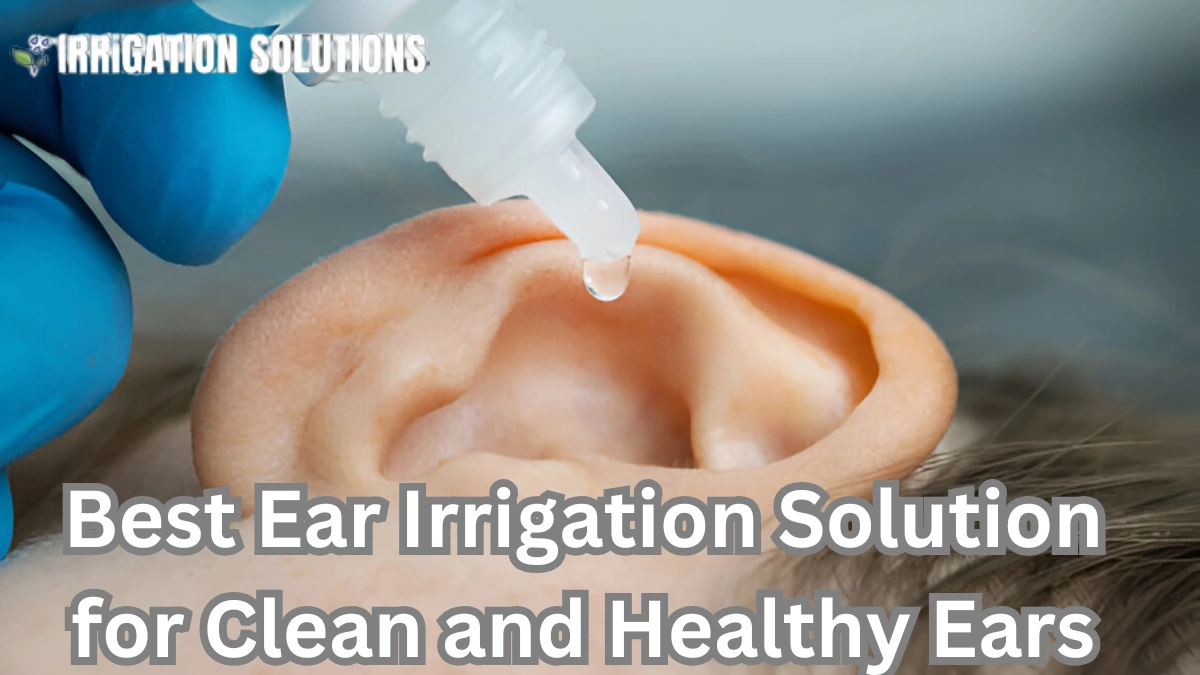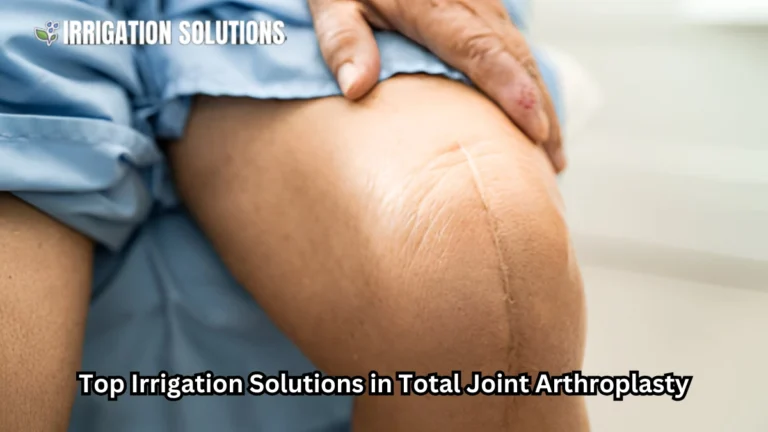Best Ear Irrigation Solution for Clean and Healthy Ears

Ear health is crucial yet often overlooked. From discomfort to hearing issues, blocked ears can affect your daily life. Ear irrigation is a common solution, but it must be done correctly to avoid harm. This blog delves deep into ear irrigation, providing everything you need to know, from its purpose to safe methods and best practices. Whether you’re dealing with stubborn wax buildup or just curious about this procedure, this guide has you covered.
What Is Ear Irrigation?
Ear irrigation is a process of cleaning the ear canal by flushing out earwax, debris, or foreign objects using a liquid solution. It’s a medical or at home method to restore ear health and alleviate discomfort caused by blockages.
Why Is Ear Irrigation Necessary?
- Wax Buildup: Excess earwax can cause discomfort, hearing issues, or infections.
- Hearing Loss: Blocked ears can lead to temporary hearing impairment.
- Prevent Infections: Proper cleaning reduces the risk of infections like otitis externa.
- Comfort: Removing blockages enhances overall ear comfort.
Best Ear Irrigation Solutions
Over the Counter Ear Drops
Ear drops are the go to solution for softening wax before irrigation. Carbamide peroxide and saline based solutions are among the most effective.
Examples of Effective Ear Drops:
| Brand Name | Key Ingredient | Use Duration |
| Debrox | Carbamide Peroxide | 3 5 days |
| Murine Ear Drops | Hydrogen Peroxide | 3 5 days |
| Auro Ear Drops | Mineral Oil | As needed |
DIY Solutions
Homemade remedies can be safe if used correctly.
Popular DIY Options:
- Saline Solution: Mix 1 teaspoon of salt in half a cup of warm water.
- Hydrogen Peroxide: Dilute with water (equal parts).
- Olive Oil or Baby Oil: Softens stubborn wax for easier removal.
Irrigation Kits
These kits include a syringe or bulb to gently flush the ear canal. Look for FDA approved kits with safety features like pressure control.
How to Perform Ear Irrigation Safely
Proper technique ensures the process is effective and avoids complications.
Step by Step Guide:
- Prepare the Solution: Use sterile water, saline, or prescribed ear drops.
- Position Yourself: Tilt your head with the affected ear facing upward.
- Apply the Solution: Gently pour the liquid into the ear using a syringe or dropper.
- Drain the Ear: After a few minutes, tilt your head the other way to let the liquid and debris flow out.
- Dry Your Ear: Use a clean towel or tissue to remove excess moisture.
Common Mistakes to Avoid:
- Using Cold Water: Can cause dizziness.
- Inserting Objects: Avoid Q tips or sharp items.
- Excessive Force: High pressure irrigation can damage the eardrum.
Who Should Avoid Ear Irrigation?
While ear irrigation is safe for most people, certain conditions warrant caution:
- Perforated Eardrum: Risk of infection and further damage.
- Recent Ear Surgery: Healing tissues are sensitive.
- Chronic Ear Infections: May worsen existing conditions.
- Children Under 12: Should be done under professional supervision.
Benefits of Ear Irrigation
- Immediate Relief: Clears blockages instantly.
- Improved Hearing: Reduces muffled sounds caused by wax.
- Non Invasive: A safer alternative to other methods.
- Cost Effective: Kits and drops are affordable.
Risks of Improper Ear Irrigation
Despite its benefits, improper ear irrigation can lead to:
- Infections: Contaminated water or tools may introduce bacteria.
- Eardrum Perforation: Excessive force or sharp objects can cause tears.
- Irritation: Harsh chemicals or prolonged exposure may irritate the ear canal.
Case Study: Successful Ear Irrigation
John’s Experience
John, a 35 year old office worker, struggled with wax buildup for months. He tried over-the-counter drops but saw little improvement. After consulting a doctor, he underwent professional ear irrigation. The procedure took only 10 minutes, providing immediate relief and improved hearing.
Expert Tips for Maintaining Ear Health
- Regular Cleaning: Use gentle cleaning methods like saline drops weekly.
- Avoid Overcleaning: Natural wax has protective properties.
- Protect Ears from Water: Wear earplugs during swimming.
- Consult Professionals: See an ENT specialist for recurring issues.
Frequently Asked Questions
Is Ear Irrigation Painful?
When done correctly, ear irrigation is painless. Mild discomfort may occur but should not be severe.
How Often Should You Irrigate Your Ears?
It depends on individual needs. For most, once every 6-12 months is sufficient.
Can Ear Irrigation Help Tinnitus?
Yes, if tinnitus is caused by wax buildup, removing the blockage can reduce symptoms.
Conclusion
Ear irrigation is a simple yet effective solution for earwax buildup and blockages. By using proper techniques and tools, you can maintain optimal ear health and avoid complications. Whether you choose professional help or at home methods, the key is to stay informed and cautious.






